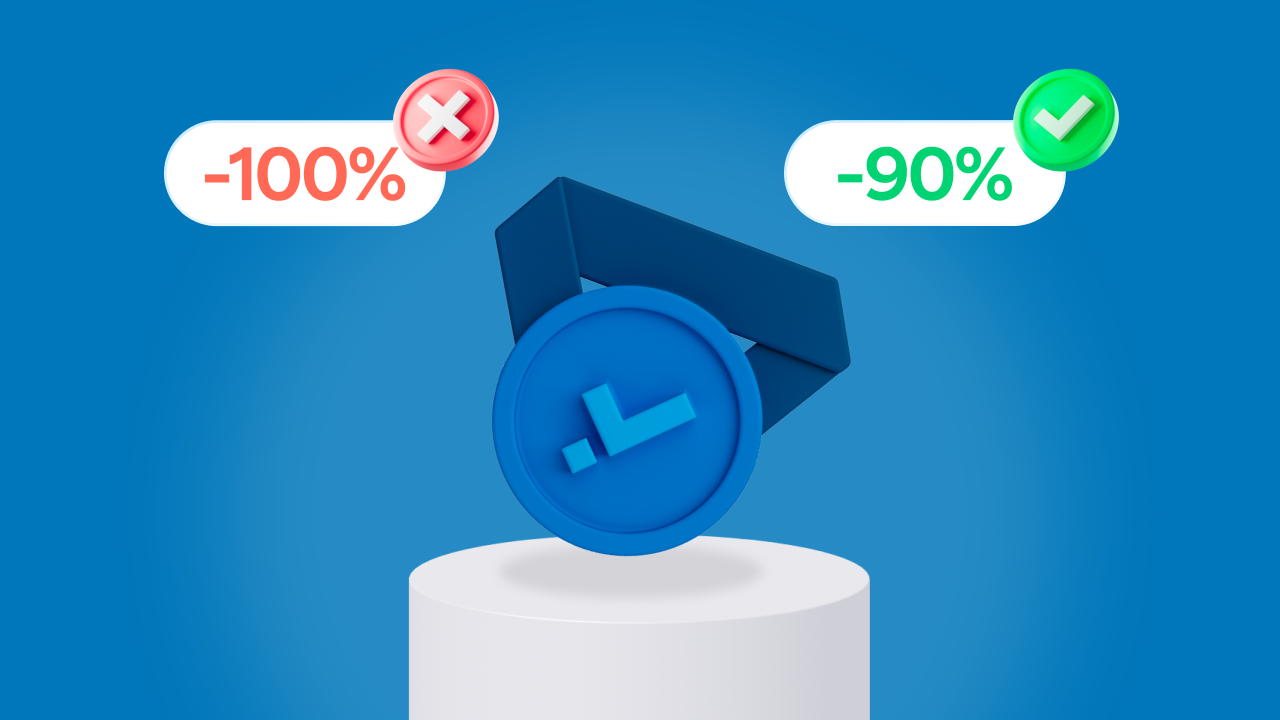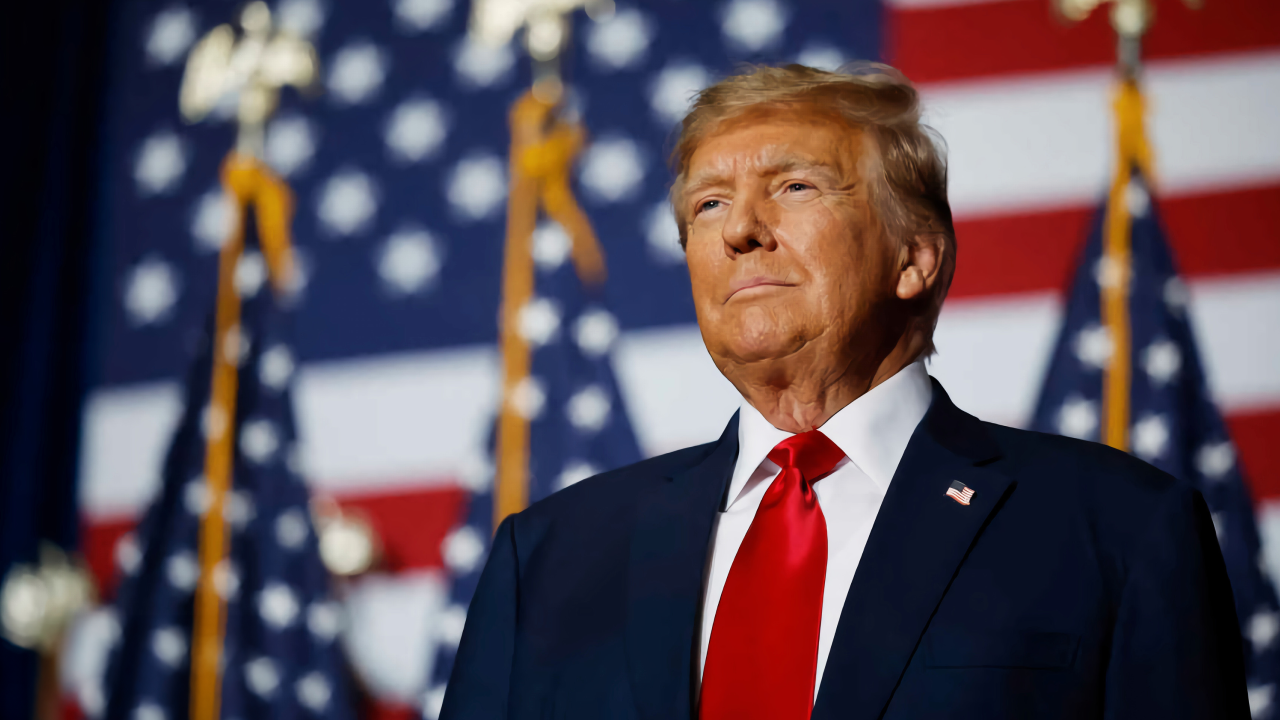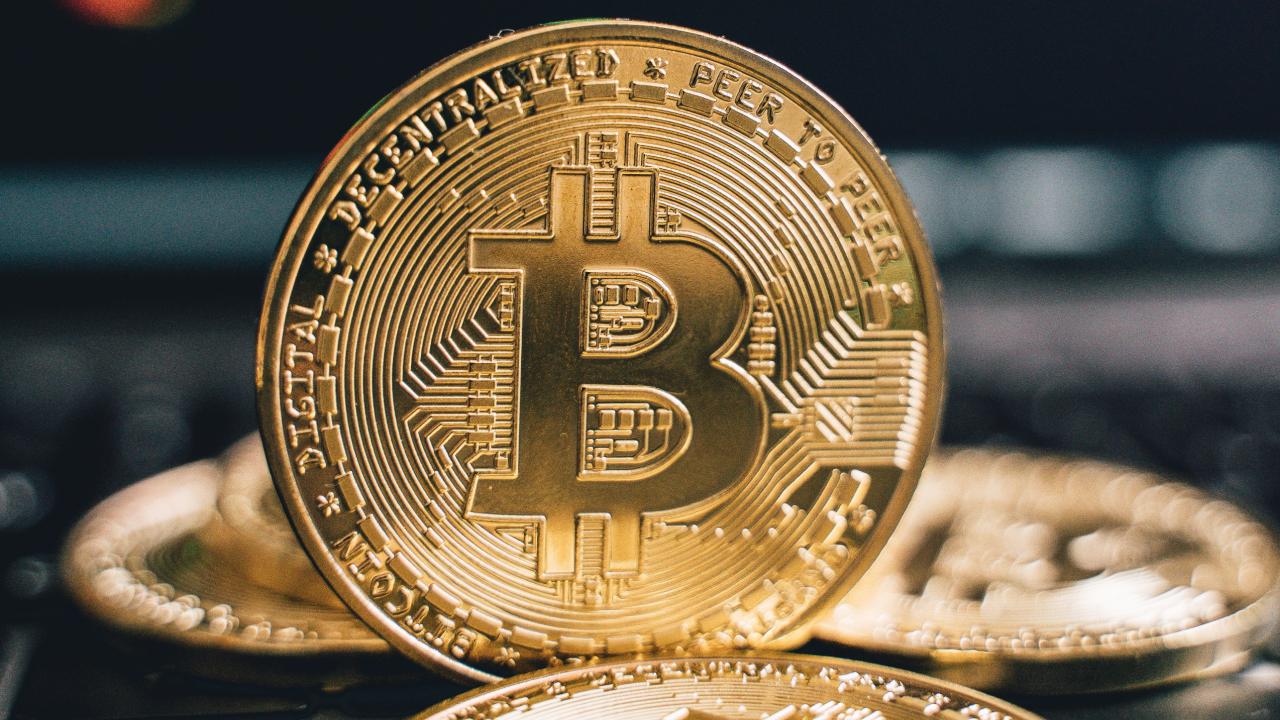In recent years, financial transparency regulations have expanded to include the cryptocurrency sector, aiming to prevent the illicit use of digital assets. A significant regulation in this area is the Travel Rule, which requires financial institutions and virtual asset service providers (VASPs) to share information about customers involved in transactions above a certain amount.
In line with its commitment to security and compliance, Young Platform has implemented major updates to comply with these regulations while maintaining user privacy. In this article, we will explore the requirements of the Travel Rule, its implications for the crypto sector, and the steps Young Platform has taken to remain compliant.
European Regulatory Framework: MiCA and TFR
The European Union (EU) has established a comprehensive regulatory framework for the cryptocurrency industry, which includes two key regulations: the Markets in Crypto-assets Regulation (MiCA) and the Transfer of Funds Regulation (TFR).
MiCA provides a uniform legal framework for digital assets, outlining clear rules for consumer protection, asset classification, licensing requirements, and market abuse prevention.
Conversely, the TFR implements Europe’s Financial Action Task Force (FATF) Travel Rule. It mandates sharing detailed information regarding crypto-asset transactions to combat money laundering and financing illicit activities.
What is the Travel Rule, and why is it important?
The Travel Rule requires CASPs to collect and transfer detailed information on the parties involved in transactions above a certain threshold. For Italy, the threshold is €0, which means that any crypto withdrawal or deposit must carry the additional information required by the Travel Rule. (The aim is to increase the transparency and traceability of transactions, making it more difficult for criminals to hide behind anonymity.
The TFR establishes specific requirements to ensure compliance, including:
- Verification of sender and receiver information.
- The adoption of appropriate measures for transactions to self-hosted wallets.
- The application of guidelines issued by the European Banking Authority (EBA).
What is the Travel Rule, and why is it important?
The Travel Rule requires Crypto Asset Service Providers (CASPs) to collect and transfer detailed information about the parties involved in transactions that exceed a certain threshold. In Italy, this threshold is set at €0, meaning that any crypto withdrawal or deposit must include the additional information mandated by the Travel Rule. The primary goal of this rule is to enhance the transparency and traceability of transactions, making it more challenging for criminals to operate anonymously.
The Travel Rule establishes specific requirements to ensure compliance, which include:
- Verify information for both the sender and the receiver.
- Implementation of appropriate safeguards for transactions to self-hosted wallets.
- Adherence to guidelines issued by the European Banking Authority (EBA).
Young Platform’s Adjustments to the Travel Rule
To comply with the Travel Rule and EBA guidelines, Young Platform has introduced new procedures for incoming and outgoing cryptocurrency transactions, specifically for deposits and withdrawals. Here are the main changes implemented.
Verification of Self-Hosted Wallets
When users deposit or withdraw cryptocurrencies to a personal wallet, they may be required to confirm ownership of that wallet. This verification can be completed through Self-Certification, which involves a quick verification process using two-factor authentication (2FA) or other specific methods outlined directly on the platform during the transaction.
Transactions Between Crypto Asset Service Providers (CASPs)
Young Platform requires users to specify the counterparty involved in the transaction for transfers to other crypto service providers.
Security and Data Protection
Young Platform has collaborated with technology partners to adopt advanced solutions, including the TRUST (Travel Rule Universal Solution Technology) system. This system enables the secure and fully encrypted exchange of critical information, ensuring regulatory compliance while maintaining user privacy.
Requirements for Self-Hosted Wallet Transactions
For transactions involving self-hosted wallets, Young Platform evaluates the risk associated with each transaction. It requires specific verifications, such as two-factor authentication or other methods communicated during the transaction process, following the provisions of the Travel Rule.
What changes for Young Platform users?
European Young Platform users must adapt to new crypto transaction procedures. Here’s a summary of the changes:
- Deposits and Withdrawals: Users will be required to verify the source of their funds. For private wallets, a one-time verification will be necessary.
- Transactions Between CASPs: Users may need to provide information about the counterparty involved in the transaction.
For more details, please refer to the updated Cryptocurrency Withdrawal and Cryptocurrency Deposit guides.
Why the Travel Rule is a step forward for the crypto sector
The Travel Rule marks a significant advancement for the crypto industry. While it may initially appear to be an extra burden for users, this regulation is crucial in legitimising the global cryptocurrency industry. Enhancing transparency and security, the Travel Rule fosters a more trustworthy environment for individual users and institutional investors.
Young Platform: compliance and innovation for users
Young Platform is dedicated to offering a secure and compliant platform while prioritising user experience. By collaborating with leading partners like TRUST and utilising advanced technologies, the company guarantees that users can operate in a trusted and regulated environment. For more information on the Travel Rule and the adjustments made by Young Platform, please visit our Help Centre,Terms & Conditions, or Privacy Policy.

















